Surgical Treatment
Cysts are sacs that form in the skin or anywhere in the body. They are filled with fluid, air, or other material.
There are various types of cysts. Cysts can occur due to blocked ducts, swollen hair follicles or infections. These are typically harmless and done require treatment.
They can be removed by various methods like drainage where a small incision is made and fluid is removed. Fine needle aspiration in which a thin needle is inserted into the cyst to drain fluid can also be used. Surgical excision may be the most efficient method in a few cases.
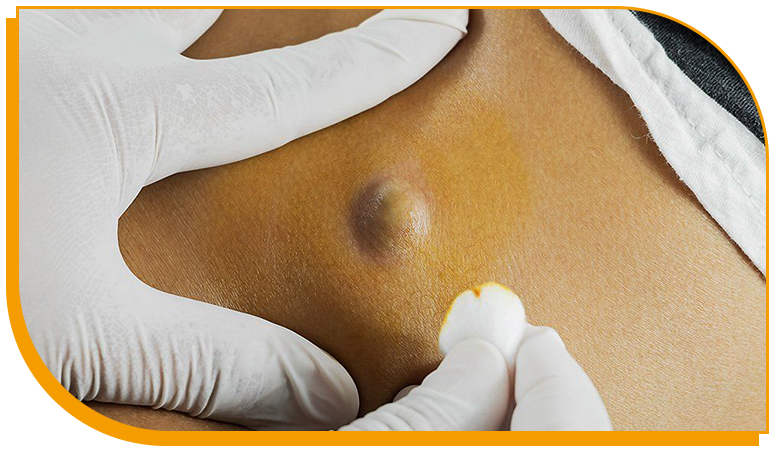
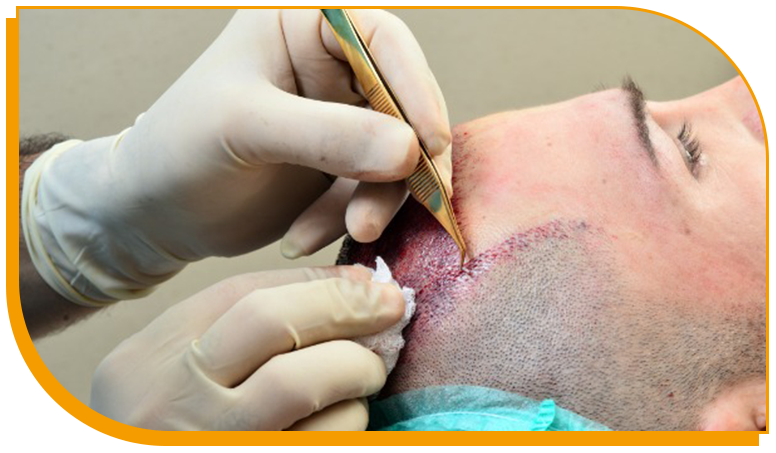
In today’s times when transplant is trending, we offer you a more wholistic approach. From guiding you towards methods that will help in hair growth before and after the transplant, to helping you maintain your hairline, we will be there at all stages.
It is generally done by two methods- follicular unit strip surgery (FUSS) or follicular unit extraction (FUE).
With FUSS, the surgeon removed 6- to 10- inch strip of skin from the back of your head. They set it aside and sew the scalp close. This area is immediately hidden by the hair around it. Next the strip of removed scalp is divided into 500 to 2,000 tiny grafts, and grafts are transplanted to the site.
Skin biopsy is a diagnostic procedure that helps in confirming the clinical diagnosis. A small part of skin tissue is punched or excised and sent for pathological examination.
Biopsy is generally taken to find out the abnormalities in the skin tissue that may be tumour, mass or lesion. Where small parts of tissue are extracted by biopsy punch and send to the laboratory.
Skin Biopsy is diagnostic procedure done to confirm clinical diagnoses.
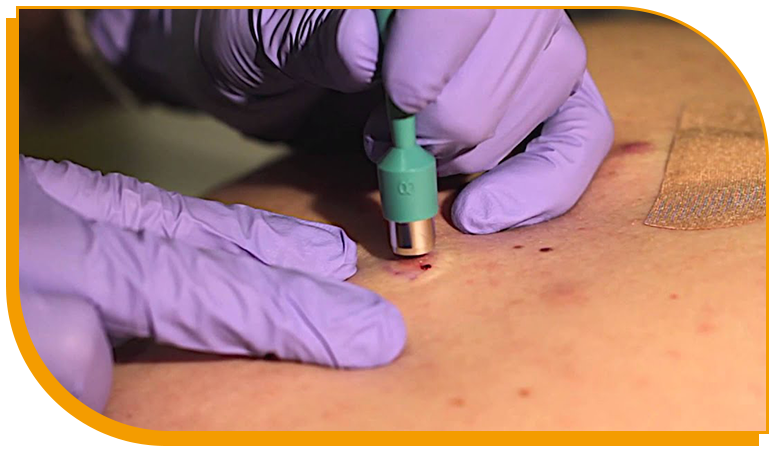
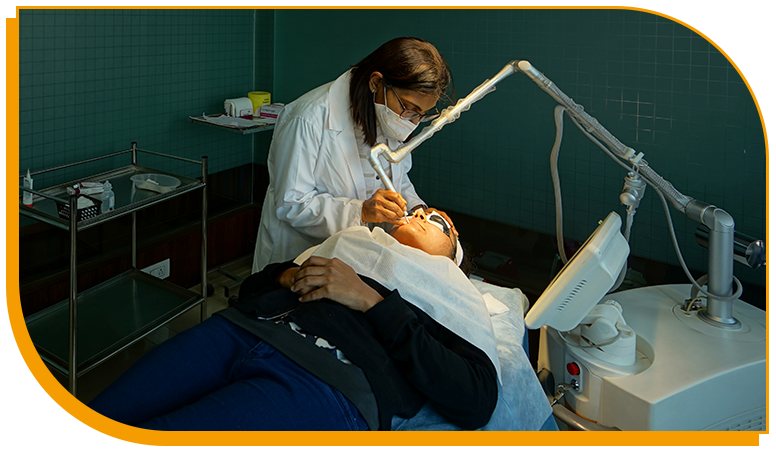
Fractional CO2 lasers is used for various indications, the most common being- acne scar revision and face rejuvenation. Besides these FCO2 helps improving deep wrinkles, stretch marks, keloidal/ hypertrophied scars etc.
This machine works on the primary principle of collagen stimulation and regeneration. Often used in combination with other treatments, this is an oldie but goodie when it comes to treating acne scars and open pores.
Patients is key when going for any collagen regenerative procedure. 3-6 months will show you the actual outcome.
We regularly use both these equipment’s to remove unwanted skin tags, corn and wart excision, molluscum removal, and moles amongst other things.
Unwanted warts, moles, skin tags, corns or molluscum can be easily removed and you can get the plain supple skin. All you have to do is to come to experienced dermatologist and give your time.
Radiofrequency uses a low temperature, high-frequency energy radio waves to cauterize warts and moles. You may feel a mere burning sensation or bleeding but it’s minimal. Followed by the procedure you may see red-marks on the treated area, which will be heal within 5-7 days.
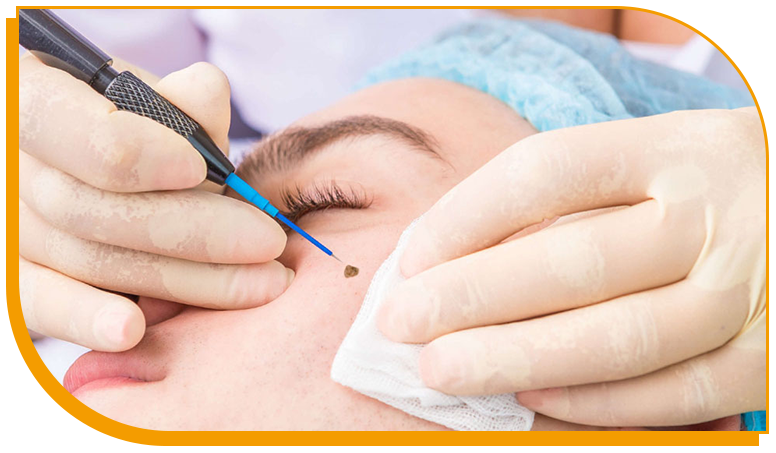
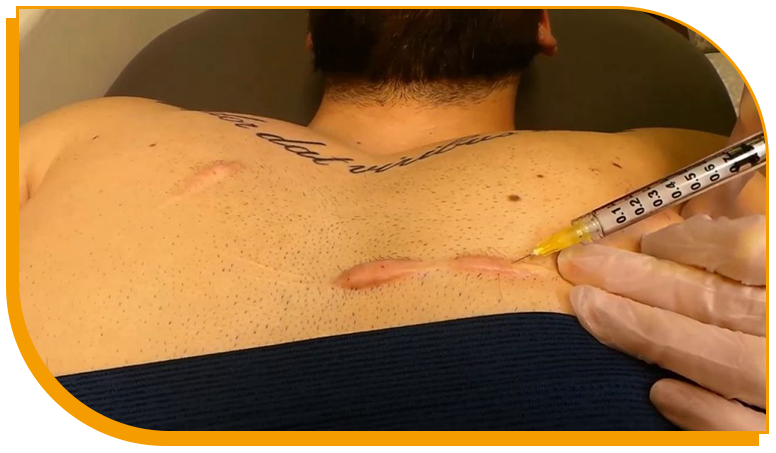
A scar that grows beyond the boundaries of the original wound is called a keloid scar whereas a scar that is raised above the skin level but grows within the boundaries of the original wound is known as a hypertrophic scar. Both scars can be treated with treatments such as Surgical excision Cryotherapy, Compression therapy, Radiation therapy, Occlusive Dressings, Intralesional corticosteroid injections.
Vitiligo is a chronic skin disorder that causes areas of skin to lose colour. It presents as depigmented (white) patches. Exposed body sites, such as the face, elbows, knees, hands and feet, are often involved, resulting in significant cosmetic concerns.
It is usually treated with creams and tablets, or by phototherapy. Surgery is advised to the patients with stable vitiligo, not responding to medical treatment or causing severe psychosocial distress. The choice of surgical treatment depends on the extent of vitiligo, the sites involved, the availability of equipment, and the expertise of the surgeon.
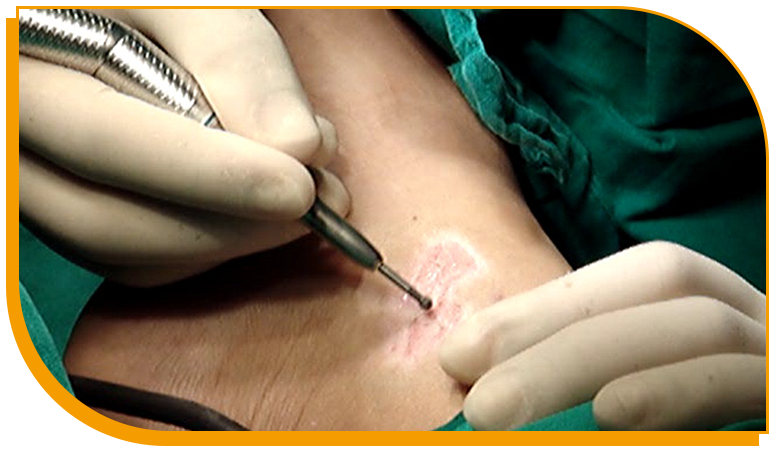
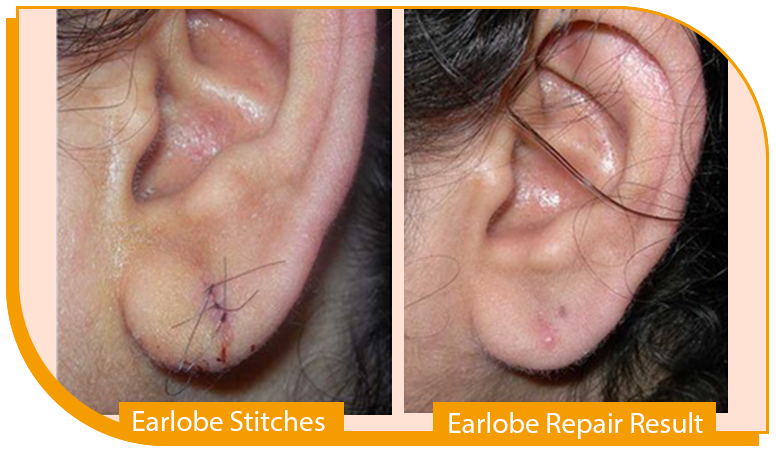
Earlobe surgery or earlobe reduction also called a “lobe lift”. It tightens and repairs damaged earlobes that have been stretched, ripped, or scarred or sagged due to aging or because of use of heavy earrings.
During a surgery, a surgeon reshapes and fixes any irregularities or tears in the earlobe tissue, including any lumps or scars that have formed around the piercing. It will phenolise and stitched to completely fill the gap. Dressing is be done every 5 days and after healing stitches will be removed by surgeon. You must not pierce again until your dermatologist says so. It requires healing time of about 3-4months to get perfect result.